In 2024, ten routes had an average daily frequency of 100 flights or more (more than four flights per hour). Seven of these were in greater Asia, one in Australia, and two in South America. None were in North America, Europe, or Africa, and the most popular flights were domestic.
The busiest routes in Vietnam are mostly between major cities (e.g., Hanoi to Ho Chi Minh City), but some also connect to tourist attractions (e.g., Jeju in South Korea).In the US, the four busiest routes are Atlanta-Orlando, Honolulu-Kahului, Las Vegas-Los Angeles, and Denver-Phoenix. However, none of these are on the list below.
OAG data shows that the busiest day for air travel in 2024 was August 2nd (Friday). That day, airline seat capacity was 19,278,320, over 700,000 more than the busiest day in 2023. It was 18% greater than the year’s average of almost 16 million seats.
Thanksgiving Day was the quietest day of 2024, with only 14,871,278 seats planned by airlines. Hartsfield-Jackson Atlanta International Airport remains the world’s busiest airport, and the United States continues to have the world’s largest airline fleet. Here are the world’s five busiest routes in terms of aircraft flown.
1. Fukuoka to Haneda Airport.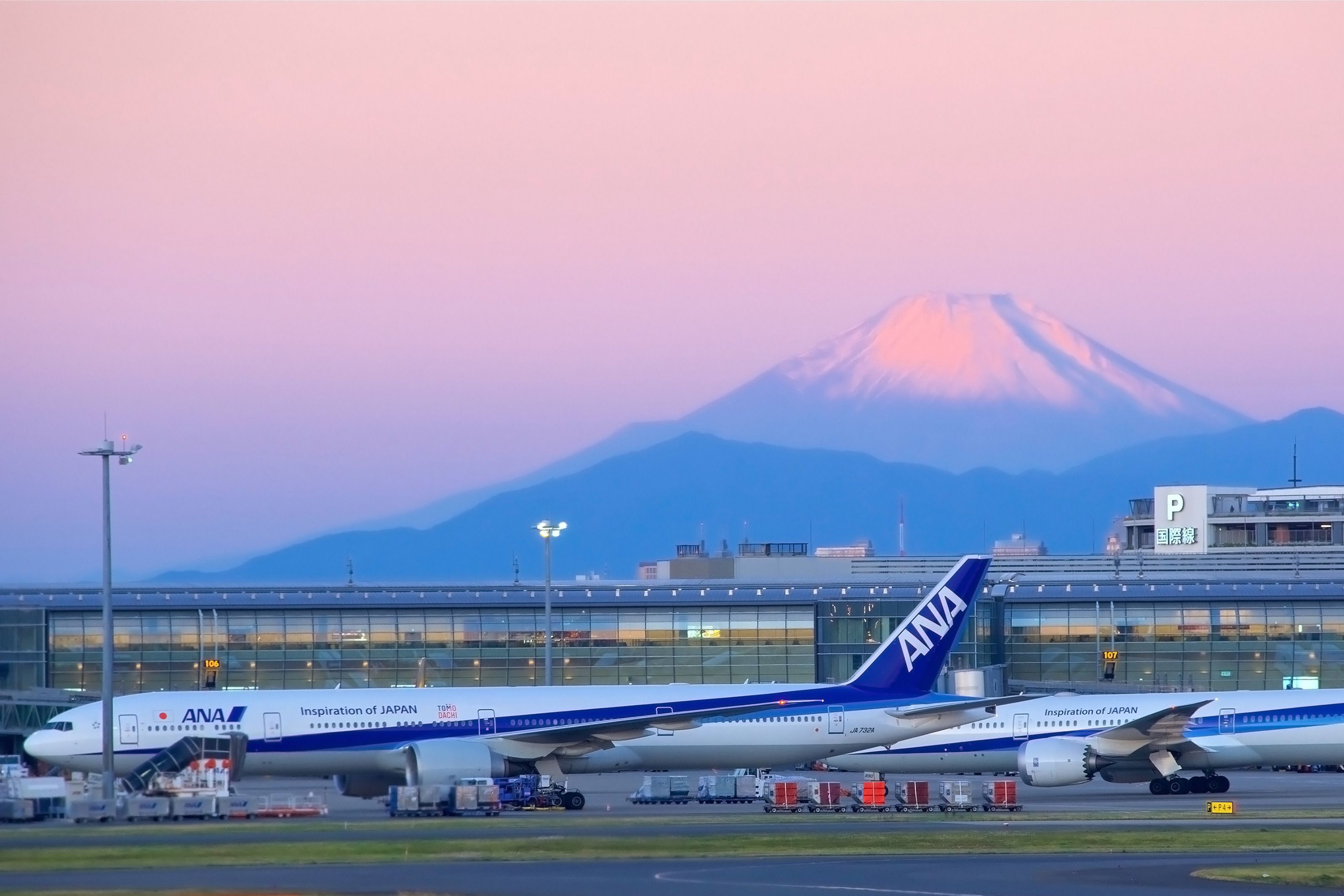
There were 112 daily flights. FUK-HND
| Scheduled flights: | 1,767 (scheduled January 2025) |
|---|---|
| Total seats: | 499,497 (scheduled January 2025) |
| Country: | Japan |
The route from Japan’s Fukuoka Airport to Tokyo’s Haneda Airport was the world’s sixth busiest. Fukuka (formerly Itazuke Air Base) is the principal airport on the southern Japanese island of Kyushu (and the fourth-busiest airport in Japan overall).
The airport also has the world’s fourth busiest single-runway airport (after Mumbai, Gatwick, and Sabiha Gokcen in Istanbul). Meanwhile, Haneda is the busiest of the two major airports serving the Greater Tokyo Area (the other is Narita International Airport). There were 1,767 flights and half a million seats planned for January 2025.
All Nippon Airways and Japan Airlines dominated this route. Almost all of the aircraft on this route were Boeing (Boeing 737s, 767s, 777s, and 787s), with All Nippon operating the single Airbus.
Notably, the majority of the flights along the route were in wide-bodied aircraft. In 2024, the top ten busiest routes were Mumbai to Delhi (108 daily flights), New Chitose Airport in Hokkaido to Tokyo’s Haneda (108 flights), São Paulo to Rio de Janeiro’s Santos Dumont Airport (103 flights), El Dorado to Medellín (101 flights), and Jakarta to Sultan Hasanuddin South Sulawesi (100 flights).
This means that Japan’s Haneda Airport has two of the world’s top ten busiest routes. Among these busiest routes, arguably the most surprising is Indonesia’s Jakarta to Sulta Hasanuddin Airport on the island of Sulawesi.
2. Hanoi to Ho Chi Minh.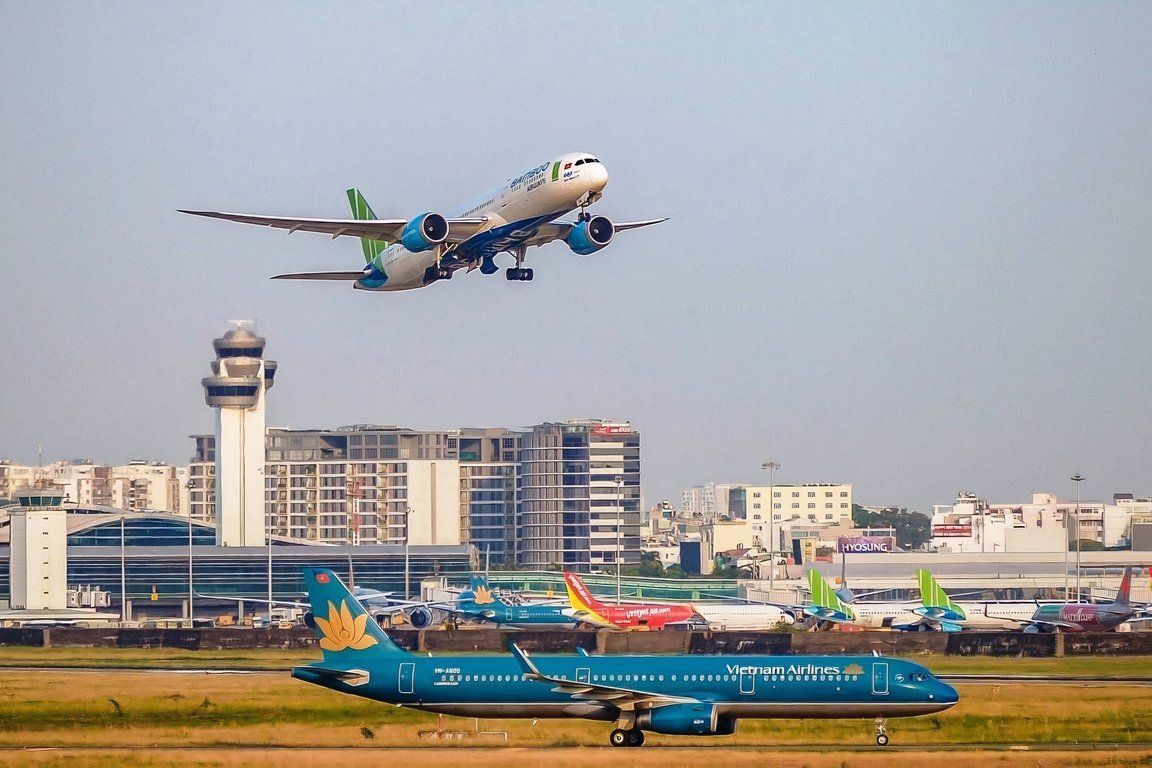
There were 114 daily flights. HAN-SGN
| Scheduled flights: | 1,803 (scheduled January 2025) |
|---|---|
| Total seats: | 429,594 (scheduled January 2025) |
| Country: | Vietnam |
The fourth-busiest route connects the northern Vietnamese capital of Hanoi to the southern city of Ho Chi Minh City (formerly Saigon). These are Vietnam’s two largest cities, and their metropolitan areas have similar populations.
Vietravel Airlines, Vietjet, Vietnam Airlines, and Bamboo Airways offer this route. The Airbus A321 is particularly common on the route, being flown by all four carriers.
Overall, 1,803 flights are scheduled between the two Vietnamese cities in January 2025. Tan Son Nhat International Airport in Ho Chi Minh City is the country’s busiest, and it is now overloaded.
A new airport is being developed outside of the city, and a new terminal is being built at the airport. However, the airport’s expansion is limited by its location within the city.
In 2024, there were 112 daily flights from Hanoi to Ho Chi Minh. In January 2025, Airbus narrow-body aircraft will dominate scheduled air routes. The wide-bodied A330 has 41 regular flights, whereas the larger A350 has 168.
The Airbus A350 is the largest Airbus airplane in production, and it is intended to service long- and ultra-long-haul routes throughout the world.
The only Boeing aircraft on the route is the Boeing 787 Dreamliner (365 scheduled flights). Vietnam Airlines is the flag carrier of Vietnam and flies all A350s and Boeing 787s on the route.
3. Jeddah to Riyadh.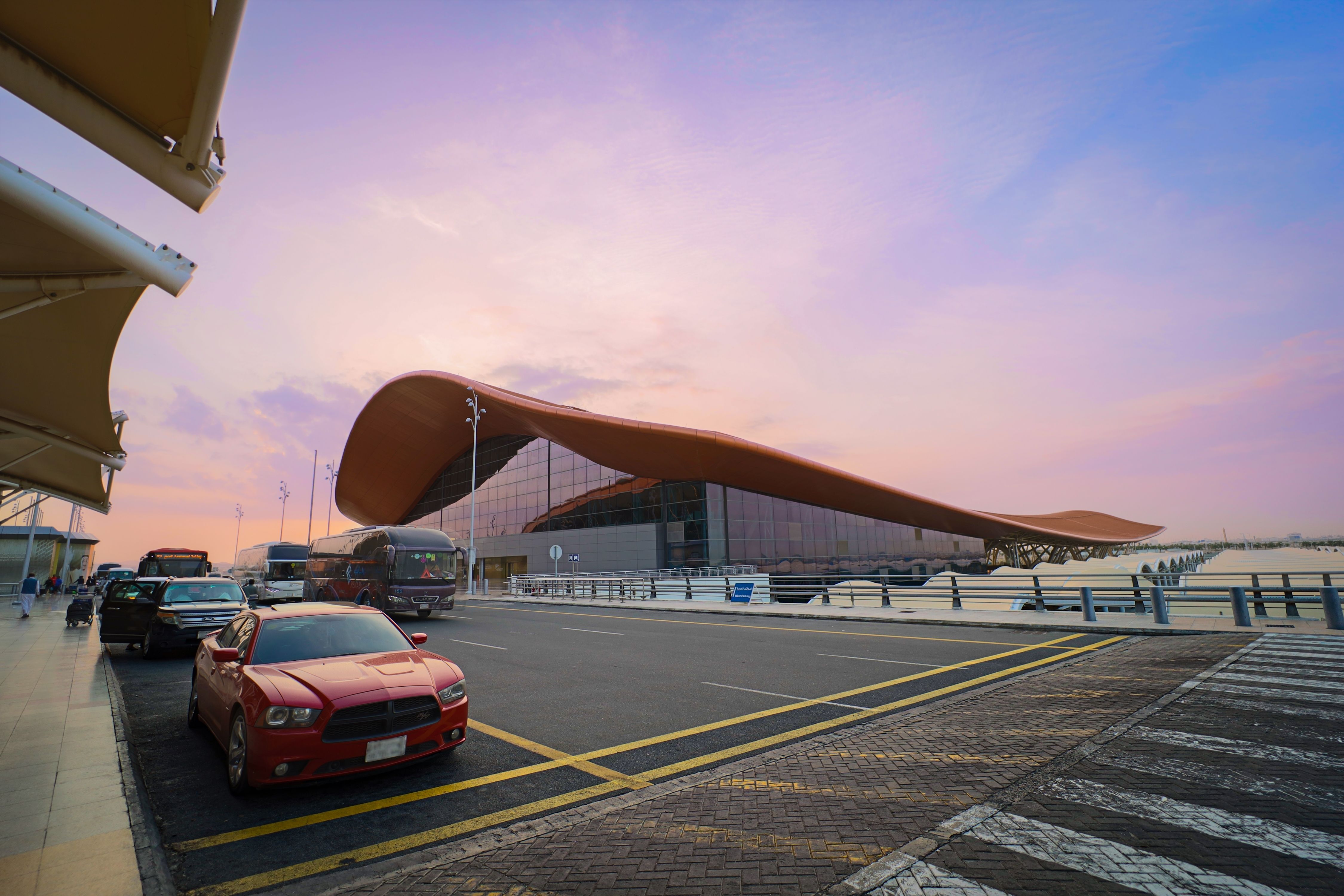
There were 117 daily flights. JED-RUH
| Scheduled flights: | 1,879 (scheduled January 2025) |
|---|---|
| Total seats: | 377,527 (scheduled January 2025) |
| Country: | Saudi Arabia |
Saudi Arabia is the world’s third-busiest route, with 117 daily flights connecting the coastal Saudi city of Jeddah to the inland capital of Riyadh. Saudia (formerly Saudi Arabian Airlines), the kingdom’s national carrier, flies this route.
Saudi Arabia is located in Jeddah, with two principal hubs: King Abdulaziz International Airport in Jeddah and King Khalid International Airport in Riyadh.
It operates flights to approximately 100 destinations in the Middle East, Africa, Asia, Europe, and North America, as well as a huge number of charter flights during Ramadan and Hajj.
Saudia flies A320s, A330s, Boeing 777s, and Boeing 787s on this route. Furthermore, many of the flights are operated by two Saudi low-cost carriers: Flynas and flyadeal. Flyadeal’s lone aircraft type on the route is the A320neo (with 581 flights booked for January), whereas Flynas only runs the A320.
There are 1,879 flights booked for January 2025, with a total of 377,527 seats. Because the planes are smaller, there are fewer seats on this journey than on the other two routes listed above.
4. Melbourne to Sydney.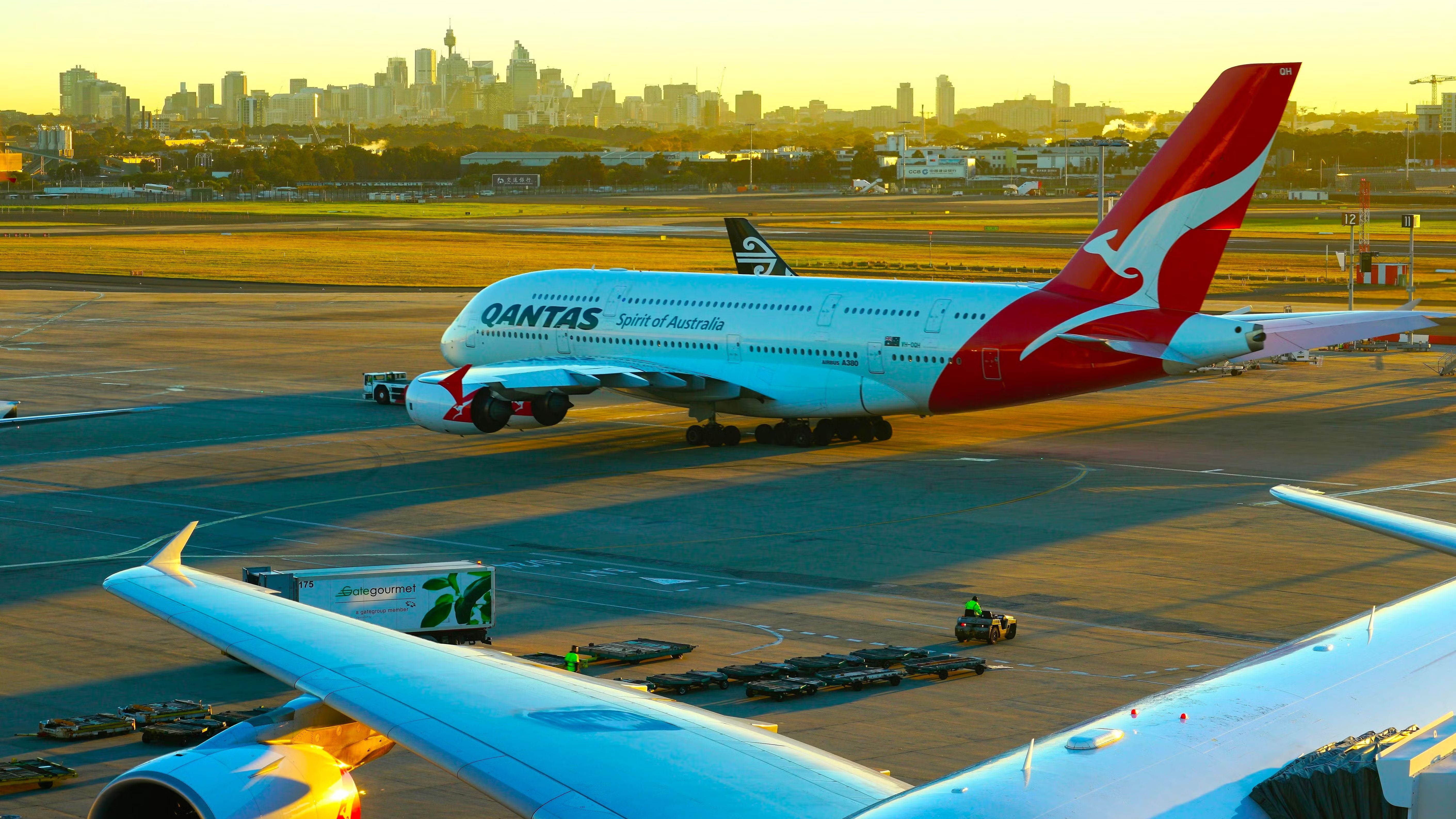
There were 138 daily flights. MEL-SYD
| Scheduled flights: | 1,904 (scheduled January 2025) |
|---|---|
| Total seats: | 347,105 (scheduled January 2025) |
| Country: | Australia |
Perhaps surprisingly, Australia had the world’s second-busiest route in terms of daily flights in 2024. This occurs despite the country’s relatively small population of roughly 26.6 million (less than the state of Texas, which has a population of 30.5 million).
Canberra, Australia’s capital, is a relatively tiny city located in the mountains away from the coast. The two major cities are Sydney and Melbourne, both in New South Wales and Victoria.
Despite being minor large cities by international standards, they have the world’s second-busiest air route (Greater Sydney has roughly 5.5 million people, while Greater Melbourne has around 5.2 million).
The route is served by Qantas (Australia’s national carrier), Jetstar (a low-cost subsidiary), and Virgin Australia. Jetstar plans to use predominantly Airbus A320/A321/A321neos on the route, although it will also operate 10 trips using the Boeing 787-8 Dreamliner.
The majority of Qantas’ scheduled flights are flown on Boeing 737-family aircraft (630 in January). Qantas also operates various widebody aircraft (A330-200, A330-300, and Boeing 787-9).
Virgin Australia plans to operate 691 flights with Boeing 737 family aircraft. It’s unknown why this Australian route is busier than North American lines (such as San Francisco to Los Angeles or Los Angeles to New York).
5. Jeju to Seoul.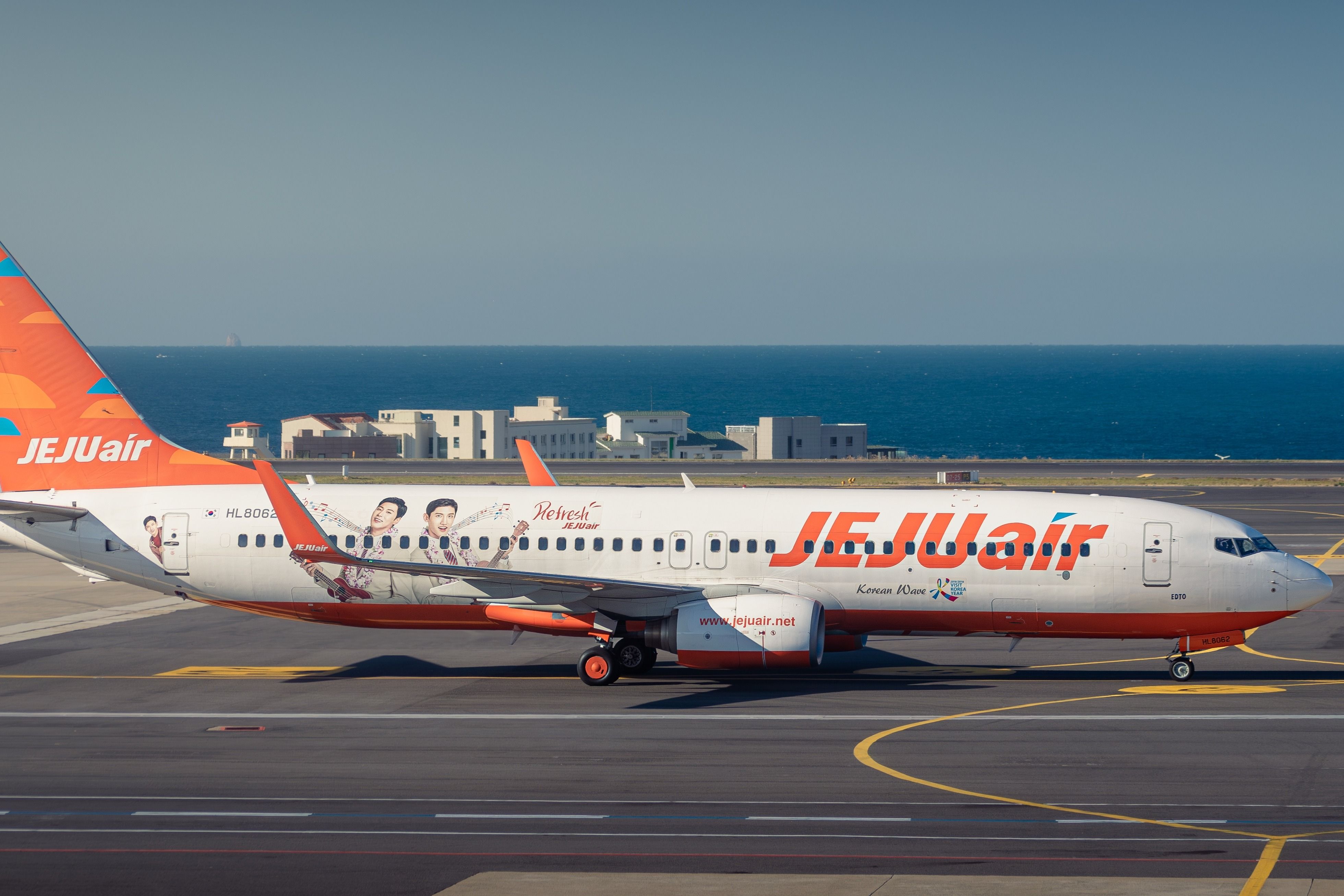
There were 199 daily flights. CJU-GMP
| Scheduled flights: | 3,054 (scheduled January 2025) |
|---|---|
| Total seats: | 589,181 (scheduled January 2025) |
| Country: | South Korea |
Seoul to Jeju appears to be the only leisure route that has made it into the top 10 busiest routes in the globe. Jeju International Airport is South Korea’s second-largest airport (after Incheon Airport, the principal gateway to Seoul).
While Incheon Airport is the primary international airport servicing Seoul, Seoul-Gimpo handles the majority of the flights to Jeju. In 2023, more than 13.7 million travelers flew from Seoul-Gimpo to Jeju. The island of Jeju has a population of less than 700,000 people, accounting for a small fraction of the country’s total population.
An massive 3,054 flights are scheduled for the month of January 2025, making it the world’s busiest aviation route by number of aircraft.
The total number of scheduled seats is 589,181. That implies it has the most scheduled seats of any route on this list, though not by far more than Japan’s Fukuoka Airport to Haneda-Tokyo (which has approximately 500,000 planned seats).
The majority of aircraft flying between Seoul-Gimpo and Jeju are narrowbodies, with the Boeing 737 and Airbus A321 families being particularly popular. Wide-bodied aircraft on the route include the Airbus A330 (62 flights) and the Boeing 767 (112 trips). This means that no large, widebody aircraft are planned for the route (unlike the Japanese route).














Leave a Reply